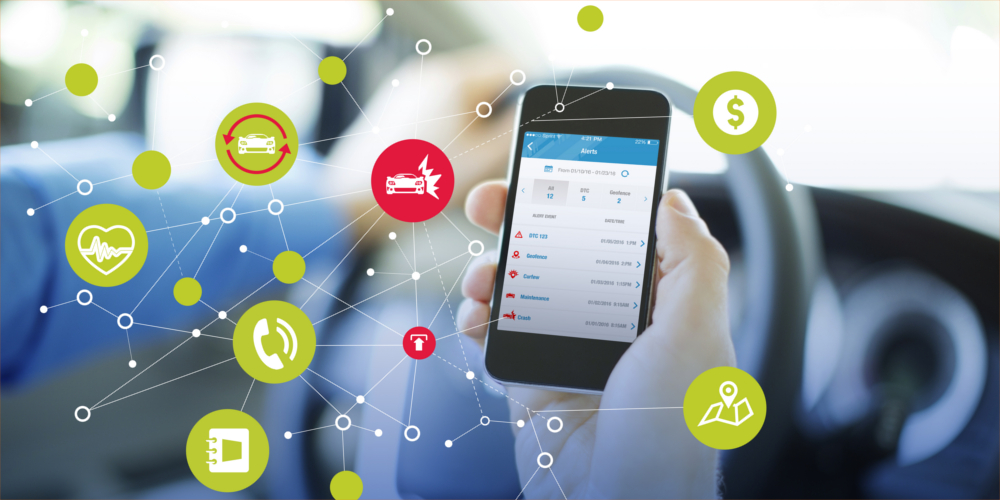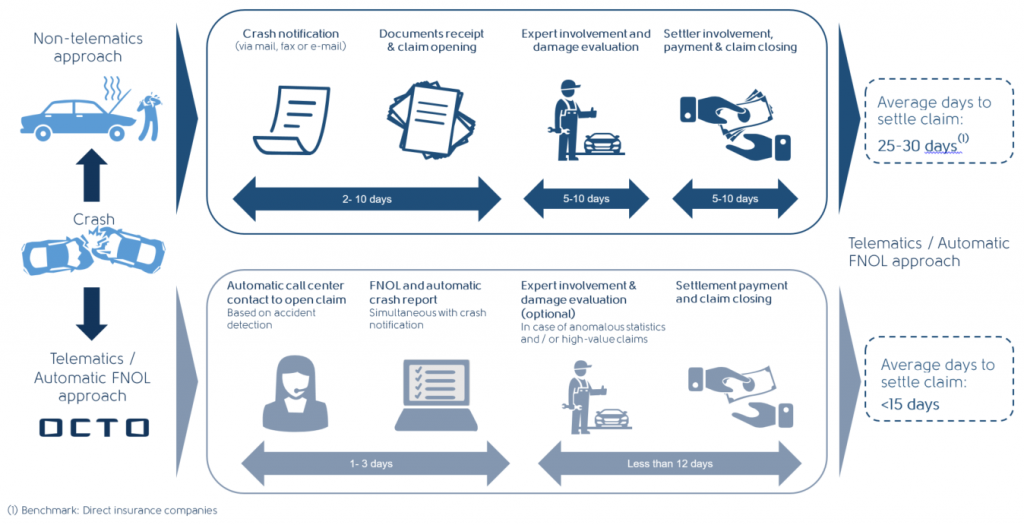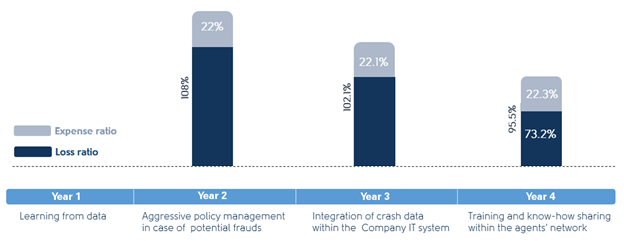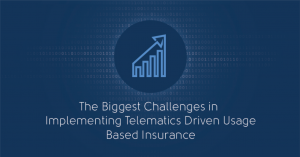
In a survey of US auto insurance carrier executives, Octo Telematics identified four perceived external barriers that insurance carriers face when adopting telematics: overly restrictive regulatory environment, prohibitive program costs, low policyholder adoption rates, and finding the right telematics partner. To help you avoid these barriers and more smoothly adopt telematics, we explore each barrier and provide advice on how to overcome these challenges.
For the full survey results, read The State of Insurance Telematics: Challenges, Opportunities, Adoption and ROI.
Overly restrictive regulatory environment
In our survey, 11% of respondents identified the regulatory environment as a potential barrier to adopting insurance telematics. This barrier was cited far more often among organizations with more mature telematics programs (18%) as compared to those who were just beginning to adopt telematics (7.5%). This challenge may be due to either:
- New adopters underestimating the regulatory challenges they will face when rolling out a new telematics program, or
- Organizations with more mature telematics programs expanding into prior approval filing states with more stringent regulatory requirements.
In the United States, there are fifty distinct sets of regulatory requirements designed by fifty independent insurance regulators. Requirements can be as strict as California, where only a few specific rating factors can be considered, or as lenient as Ohio which allows a high degree of rate setting and underwriting freedom so long as both are done so transparently.
With telematics-driven usage-based insurance growing, regulators are becoming more open to these products. When we work with insurance partners to launch a new usage-based insurance product, Octo has found that transparency and an emphasis on the benefits of telematics to consumers is the best method for reducing regulatory hurdles. In addition, working with more telematics-friendly states, allows insurers to get the program launched while they work to bring the product to market in more strict states.
Prohibitive program costs
Insurance carriers have two main paths they can pursue with telematics: build or buy. During the early years of telematics, a few large auto insurers – namely Allstate and Progressive – pursued the ‘build’ option. Unfortunately, the investment required to source hardware, build infrastructure, and design platforms to support a telematics program, are significant and open only to the largest, most profitable insurance companies. This early strategy may be the primary reason 29% of respondents highlight prohibitive costs as their principle barrier to adopting telematics.
Read the State of Insurance Telematics: Challenges, Opportunities, Adoption and ROI
As the insurance telematics market has evolved, telematics service providers have created pathways for smaller insurance carriers to leverage telematics. By leveraging a Telematics Service Provider (TSP) like Octo, carriers avoid the large up-front investment required to build a telematics program from scratch. TSPs are able to drive down the cost of telematics by spreading the cost of technology development, data management, device logistics, and analytics over many customers. They also benefit from economics of scale in negotiations with device manufacturers and telecommunication carriers. These savings, along with TSPs’ expertise, bring telematics within the reach of smaller insurance companies.
Low policyholder adoption rate
Usage-based insurance policies only account for around 8% of all auto insurance policies in the United States today. This likely stems from an overall lack of consumer awareness of telematics (one study suggesting only 25% of consumers being familiar with usage-based insurance) and carriers’ strategic emphasis on retaining their best customers at stable rates. This focus leads to many policyholders never hearing about their insurer’s telematics program out of insurers’ worry they will cannabilize their own book of business. This is in sharp contrast to the approximately 60% of consumers who would opt-into a usage-based insurance policy were they offered one. While adoption is low, it is growing as smaller insurers begin offering UBI programs. Critically, those policyholders using telematics – often those with traditionally high churn rates – tend to have a much higher customer satisfaction score (between 54 and 72 points higher) than those who don’t, leading to improved retention rates.
In a recent survey Octo conducted with Wells Media, we found that insurers whose telematics programs had the greatest sales and marketing involvement were the most likely to realize benefits from telematics. Those organizations with the highest levels of marketing and sales involvement were 20 percentage points (79% vs 59%) more likely to realize a benefit from telematics. Carriers need to invest in developing market awareness of their telematics programs and provide marketing, sales, and agents with the resources and training they need in order to realize the full benefits of telematics. Octo’s most engaged partners, with wide organizational support, have seen far greater growth in telematics policies than their less-engaged peers.
Finding the right partner
The challenge of finding the right telematics service provider was the third largest challenge – reported by 16% of respondents – to adopting telematics. Carriers of all sizes and at all phases of maturity highlight this challenge as a major barrier to adopting telematics. Bringing telematics to an insurance company – and doing so effectively – is a complex proposition involving almost all functions at a carrier.
The right telematics partner can significantly reduce the burden of launching a telematics program. Unfortunately, many TSPs only offer technology, not complete solutions. When searching for a telematics service provider, make sure they:
- Can offer a portfolio of telematics devices – Each telematics product is different, and requires different data collection capabilities. Subsequently, a TSP who supports a multi-device strategy can provide the device (or devices) that meets your needs. For example, if you want to use telematics to support crash reconstruction or fleet management, the smartphone-as-a-device model won’t cut it.
- Have proven implementation experience – You’ve brought new products to market before, but telematics-driven insurance products are fundamentally different. You need a partner who has designed and delivered telematics programs nationwide to guide you through the process.
- Offer an end-to-end solution – Working with a TSP that offers a full solution, including collection, data management, analysis, reporting, and policyholder services, significantly reduces the upfront investment your company needs to make in telematics. This allows you to focus on what you do best: manage risk profitably
These four barriers – overly restrictive regulatory environment, prohibitive program costs, low policyholder adoption rates, and finding the right telematics partner – may seem daunting, but with the right solution and the right partner can be overcome. If you’re looking for an end-to-end insurance telematics service provider, contact us here.
To see how your peers are using telematics – including their adoption maturity, internal barriers to adoption, and the benefits they’ve realized from adoption, read The State of Insurance Telematics: Challenges, Opportunities, Adoption and ROI.






